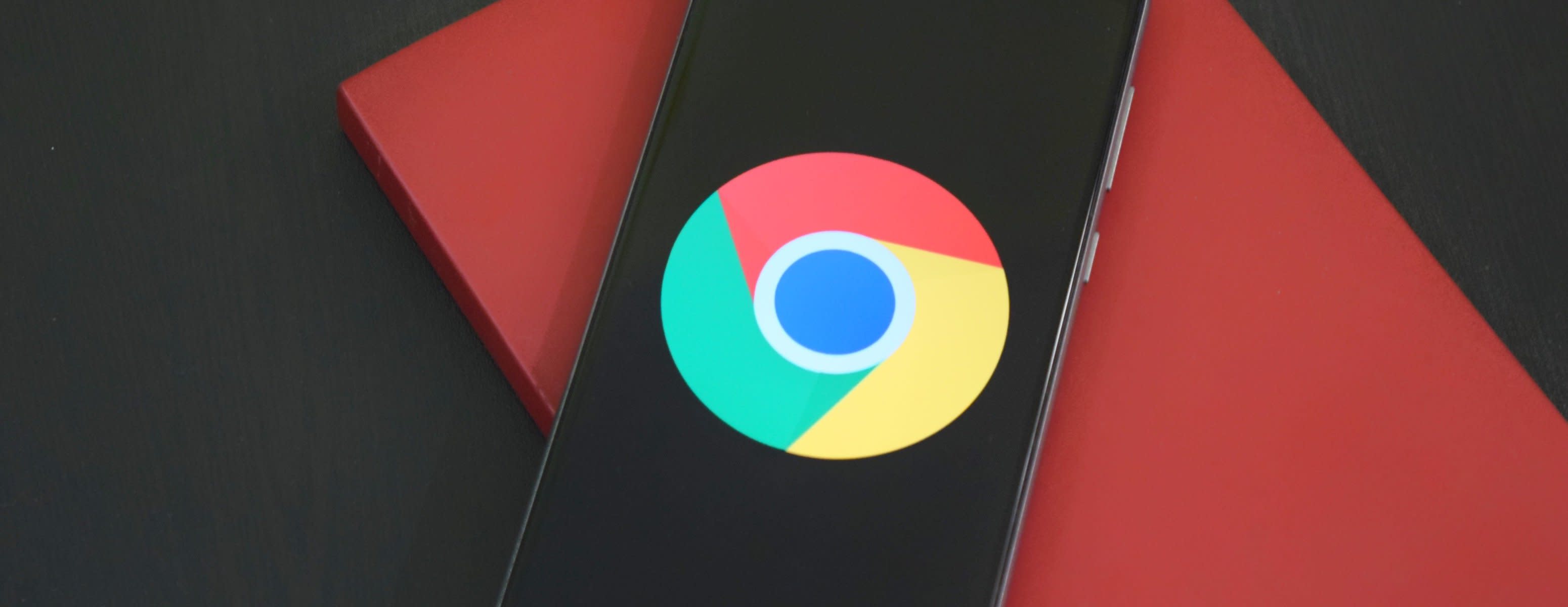Which iOS and Android OS versions should be supported?
Here you find our recommendations on supported operating system versions for new projects as well as existing mobile apps.


At the beginning of each mobile project, you will be faced with the question of which operating system versions the application should support. As there is a maintenance cost associated with supporting old versions and Google and Apple are always forcing a gradual migration to the latest versions, it is important to limit the range of supported OS versions to be as compact as possible. Here, we present some factors influencing the decision and provide our up-to-date recommendation based on the market situation.
The wider the support, the more challenging the development
The more extensive OS version support is for applications, the more trade-offs are required for development. Support for older operating systems requires developers to use older and less efficient programming interfaces or, alternatively, to implement multiple versions of functions, both the old way and the new way, causing duplication of work. For this reason, choosing the right OS version is especially a matter of efficiency and cost. On the other hand, it’s about the number of users for whom the app is available. A suitable balance between these metrics is required, e.g. 80/20.
A decision for a new project requires forecasting
When starting a new project, it is worth choosing a supported operating system version from the perspective of what the situation is expected to be after the project is completed, usually 9 to 12 months after project start. In this case, fairly bold assumptions can be made about the supported OS versions, so that the project can take advantage of the best new software components.
Operating systems are updated differently on different platforms
Users of Apple devices are known for their fast upgrade cycle. In general, it can be said that most users will have upgraded to a new operating system version within 3 months of its release. On the Android side, the situation is the opposite. Google will first bring the updates to its own devices, after which the OS version will be developed by other vendors for the first time. This means that for many devices, the latest version will never be available and for the devices for which it does become available, the upgrade cycle will be 1 to 2 years. Thus, the range of supported versions on the Android side is significantly wider.
What is worth supporting right now?
Recommendation updated 3 January 2022
New projects
for Android
for iOS
With new apps, you should be bold. By taking advantage of the latest interfaces and functionalities, efficient development and modern best practices can be achieved.
Android version 10.0 (API 29, from autumn 2019) covers almost 80% of Android devices in Finland, and support for older versions is slowly coming to an end.
iOS version 14 should be chosen as the minimum, as it and later versions already cover 80% of devices in Finland.
Existing products
Android (Oreo)
or newer for iOS
For existing applications, analytics should always be consulted first. If there are a lot of users with older versions of the operating system, supporting those might be worthwhile. However, it is usually not worthwhile to go through the extra hassle for a few users, but rather to plan an update with which older versions are likely to work for longer, and to announce the end of support at the time of release.
For Android, there is no reason to go earlier than the versions recommended here. Android 8.1 (API 26, from 2017) is already a more modern OS and covers about 90% of devices in Finland. It is also the oldest version for which security updates are still being provided by Google.
For iOS, version 13 was a major upgrade, and raising the minimum to at least that is highly recommended. By supporting it, the app will support almost 95% of devices in Finland.
We would be happy to justify our recommendations face to face and help you with any other issues you may have regarding mobile development. Please contact us using the form at the bottom of the page.
Sami Hammarberg
